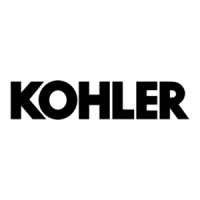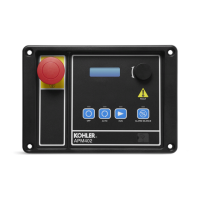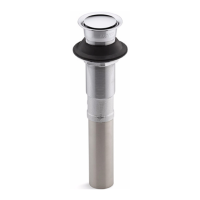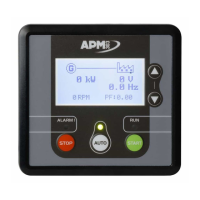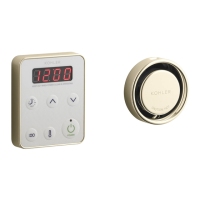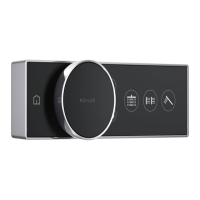2 — INSTALLATION AND WIRING
pg. 23
Return to TOC Curtis AC F2-A, F4-A, F6-A Motor Controllers – FOS 4.5 – April 2022
Potentiometer Inputs with Dynamic Testing
In this manual, the term throttle is for the traction motors. If the vehicle uses a dual drive system,
the single throttle input controls both traction motors. Figures 12 and 13 illustrate the traction-drive
throttle as a traditional 3-wire potentiometer (pot) using Pot 1 Wiper, although Hall-eect voltage
throttles are more common today. e brake throttle in Figure 13 is via a 2-wire pot. Using CAN-
based throttles, as illustrated in Figures 14 and 15, frees the throttle (or brake) analog inputs for other
usages. For example, in a dual-drive system, a CAN-based throttle frees a potentiometer input for
use as the steer-angle input.
e three basic wired throttles use these analog input congurations:
0 = Voltage input (see Table 9 and Figure 39 {voltage throttle in commissioning chapter})
1 = 3-Wire Pot (see Table 10 and Figure 36 {3-wire throttle in commissioning chapter})
2 = 2-Wire Pot (see Table 10 and Figure 37 {2-wire throttle in commissioning chapter})
In Programmer, when selecting Analog 1 Type as a 3-wire pot, Analog 6 becomes unavailable. When
selecting Analog 18 as a 3-wire pot, Analog 19 becomes unavailable.
Note: e 3-wire potentiometer throttle provides complete throttle-fault protection that meets
the applicable EEC regulations. For voltage throttles, the congured-pins protect against out-
of-range input values, but do not detect external wiring faults; it is therefore the responsibility
of the OEM to provide full throttle fault protection in vehicles using voltage, current, or CAN-
based throttles.
e potentiometer inputs contain internal circuits, which dynamically test the wiper and pot high
connections to enable detection of the following faults:
• Pot wiper connected to B+ at any time.
• Pot wiper connected to B– at any time (if this could produce movement).
• Pot high connected to B+ at any time.
• Pot high connected to B– at any time.
• Pot wiper shorted to ground at any time (if this could produce movement).
• Pot wiper shorted to pot high at any time.
• Pot high shorted to ground at any time.
• Other internal tests ensure the potentiometer inputs remains valid.
erefore, when conguring an input as a potentiometer, always use the percent value for the reading,
not the voltage. e voltage value will vary based upon the dynamic test (it is not for control usage).
2-Wire potentiometers use the wiper as the supply voltage while “reading” the voltage at the pin.
The circuit is completed by the connection to the I/O ground. One end of the potentiometer
is left unconnected. The controllers can configure either or both Analog 1 and Analog 6 as
2-wire potentiometers.
Quick Links:
Fig 12 p.16
Fig 13 p.17
Fig 14 p.18
Fig15 p.19
Fig 36 p. 165
Fig 37 p. 166
Fig 39 p. 168
Analog Inputs p. 104
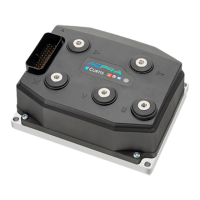
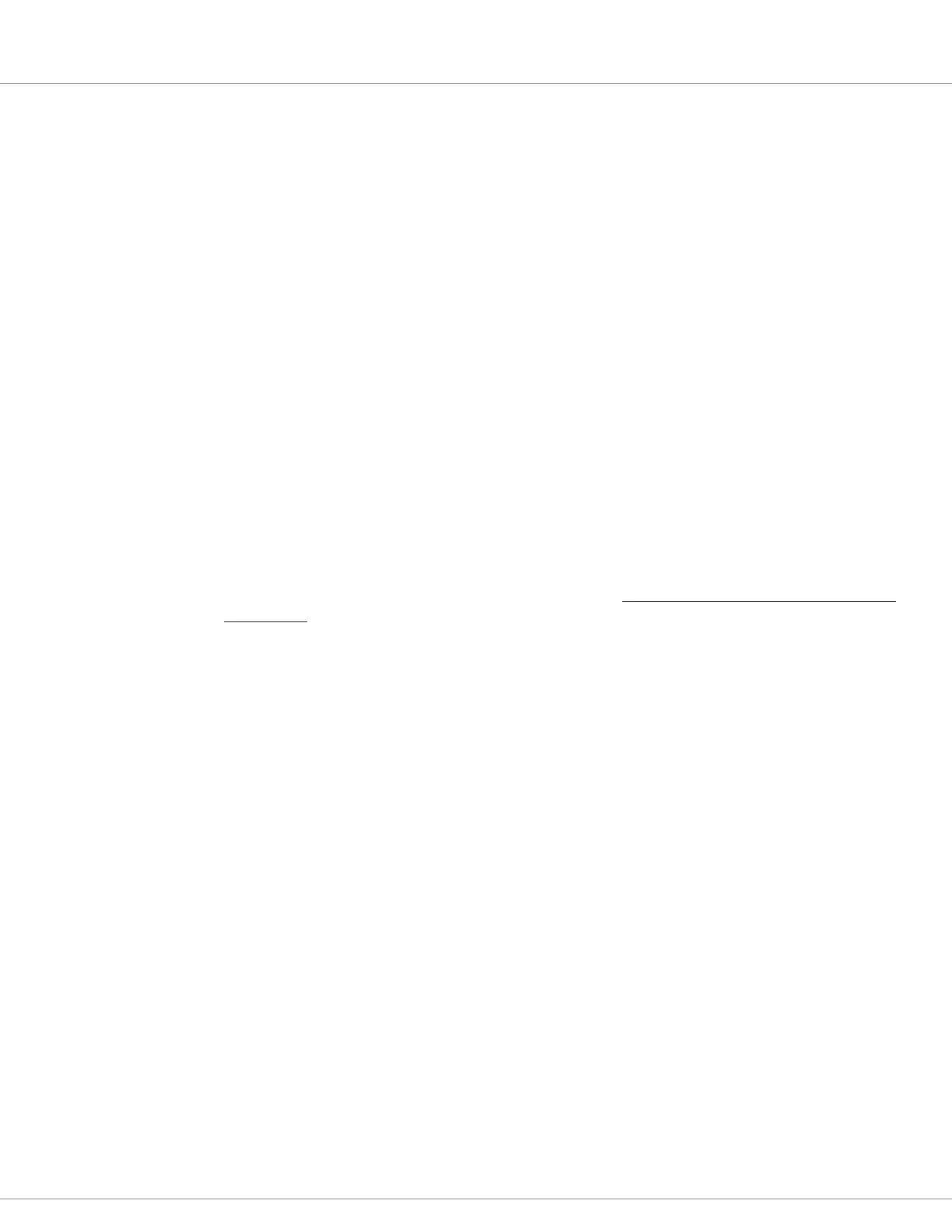